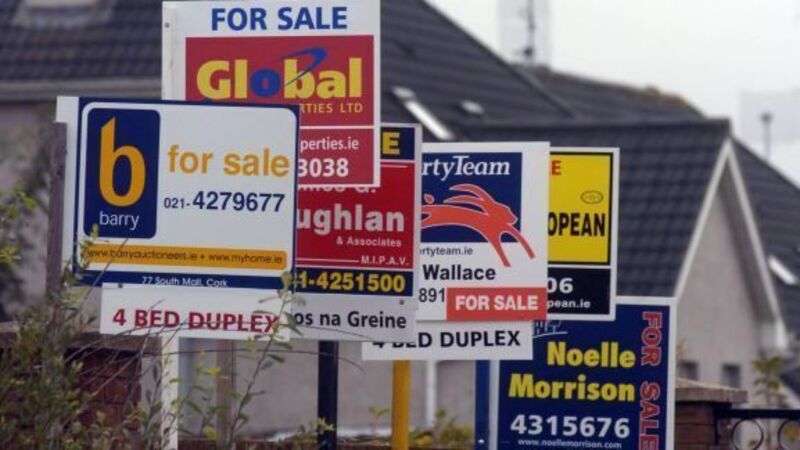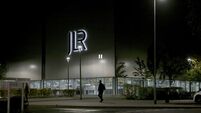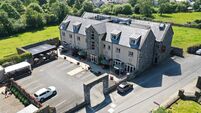This property bubble will be first of many

A low interest-rate environment encouraged borrowing and spurred investment, usually in the property sector. When asset prices got a bit too frothy, central banks hiked rates in an effort to cool the markets. Since the collapse of the financial system in 2008, that relationship has changed, which has huge implications for Ireland.
The implosion of the banking system in this country means the monetary policy transmission mechanism is broken. The main players in the market — Bank of Ireland, AIB, Permanent TSB, and Ulster Bank — are still trying to repair their balance sheets. Before the Oireachtas Finance Committee on Thursday, Ulster Bank chief executive Jim Brown said he is targeting a net interest margin (NIM) of 2.5% to ensure the bank can generate profits and be capital accretive. Ulster Bank’s current NIM is 2.32%, AIB’s NIM is 1.64%, and Bank of Ireland’s is 2.08%. Permanent TSB is considerably lower.
















